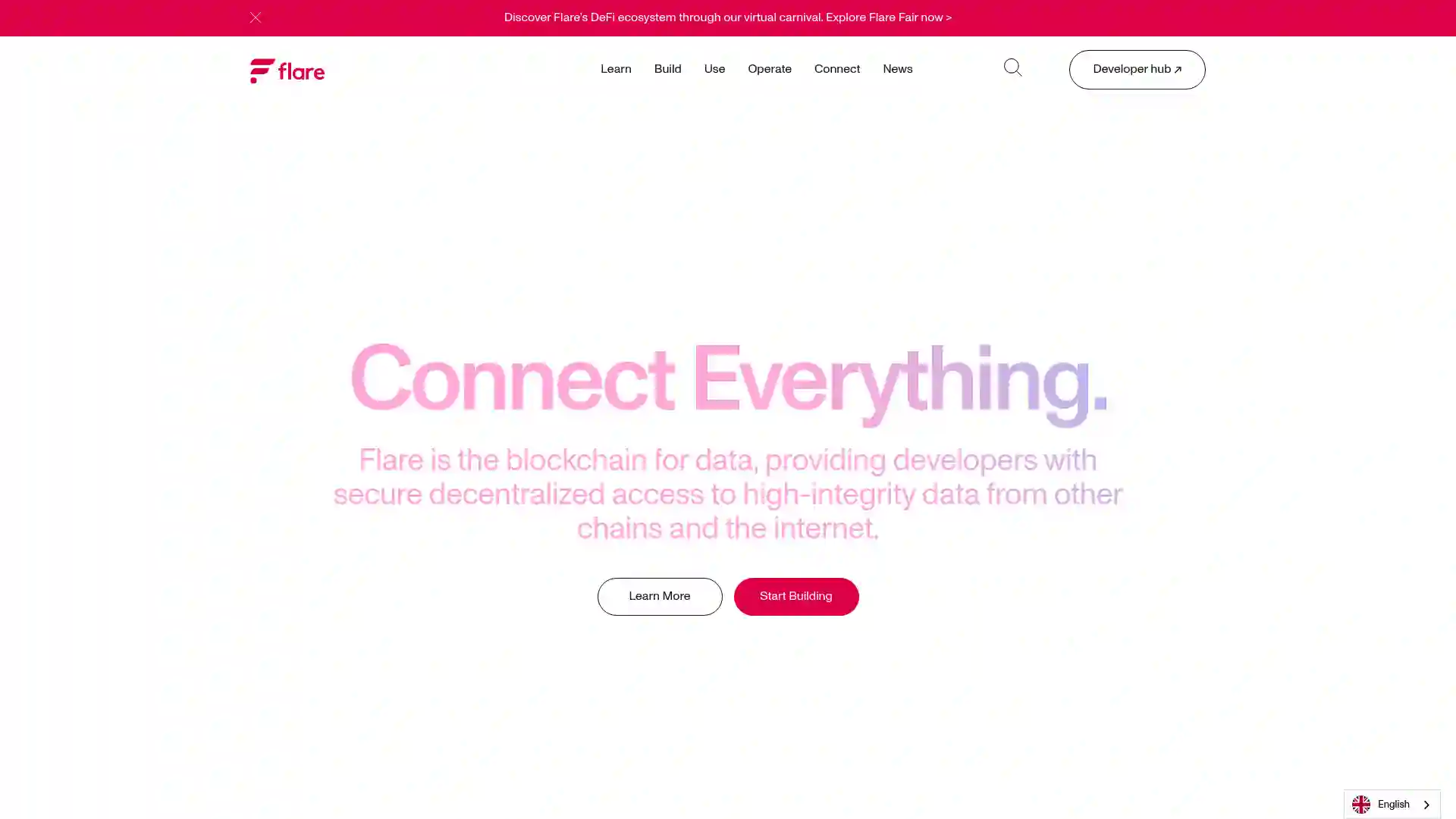Songbird (SGB)
The SGB Token is the native cryptocurrency of the Songbird network. It plays key roles, such as covering transaction fees, participating in governance decisions, and facilitating interactions with applications on the Songbird platform.
Token distribution
The SGB Token has a total supply of 15 billion tokens and follows an inflation schedule: 10% in the first year, 8% in the second year, and 5% annually from the third year, with a cap of 750 million tokens per year. A snapshot of XRP holdings was taken in December 2020, allowing users to receive 0.1511 SGB for every 1 XRP token. Alongside this, a corresponding amount of FLR tokens was distributed. In September 2021, the full supply of SGB was airdropped to eligible users. Over time, SGB's value is anticipated to become more independent from FLR and XRP within the Songbird network.

| Ticker | SGB |
| Category | Smart Contract Platform |
| Website | https://flare.network/ |
| @FlareNetworks | |
| Telegram | FlareNetwork |
Utility
The SGB token is distributed to all FLR recipients and is vital for governance, especially concerning the integration of additional chains, pricing mechanisms, and FAssets within the FTSO and FAsset protocols.
Governance
Songbird acts as the lower chamber in Flare's bicameral governance system, providing a platform for community proposals and voting. Successful proposals on Songbird can be considered for implementation on the Flare network by the Flare Foundation. Songbird serves as a preliminary stage for governance proposals, ensuring the Flare community is not overwhelmed. There are four governance proposal periods each year on Songbird, during which users can submit and stake SGB on candidates. The proposal with the highest stake becomes a Flare Improvement Proposal (FIP), pending approval by Flare Token holders.
Songbird Test Proposals (STPs) are automatically approved unless specific conditions are met. Initially proposed by the Flare Foundation, future provisions will allow for community participation. Proposals undergo a notice period followed by a voting period, with results eligible for automatic implementation. The portal supports different proposal types with unique acceptance criteria, which are intended for future use.
